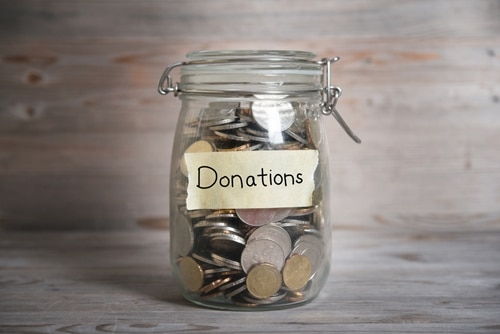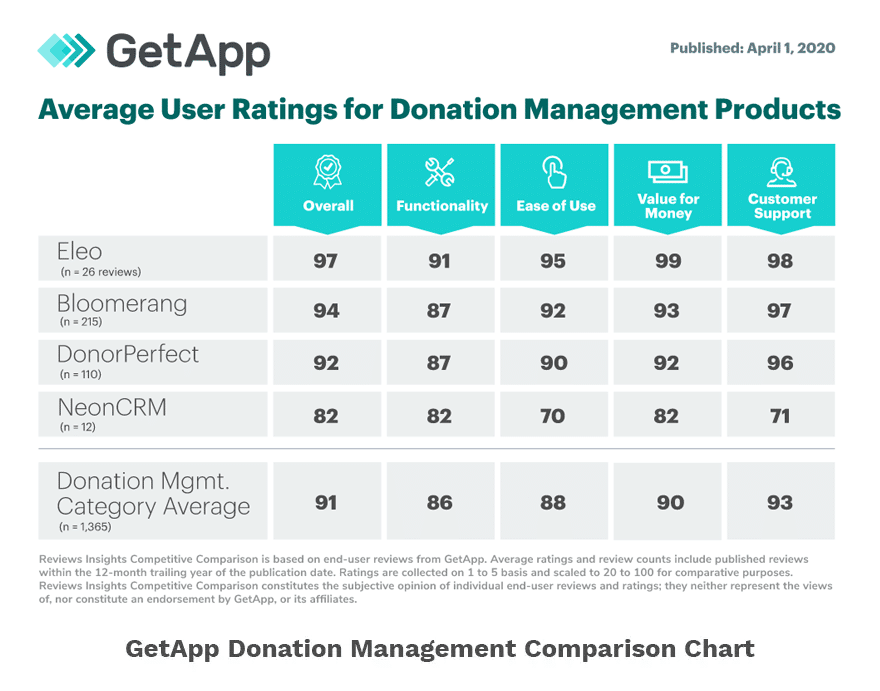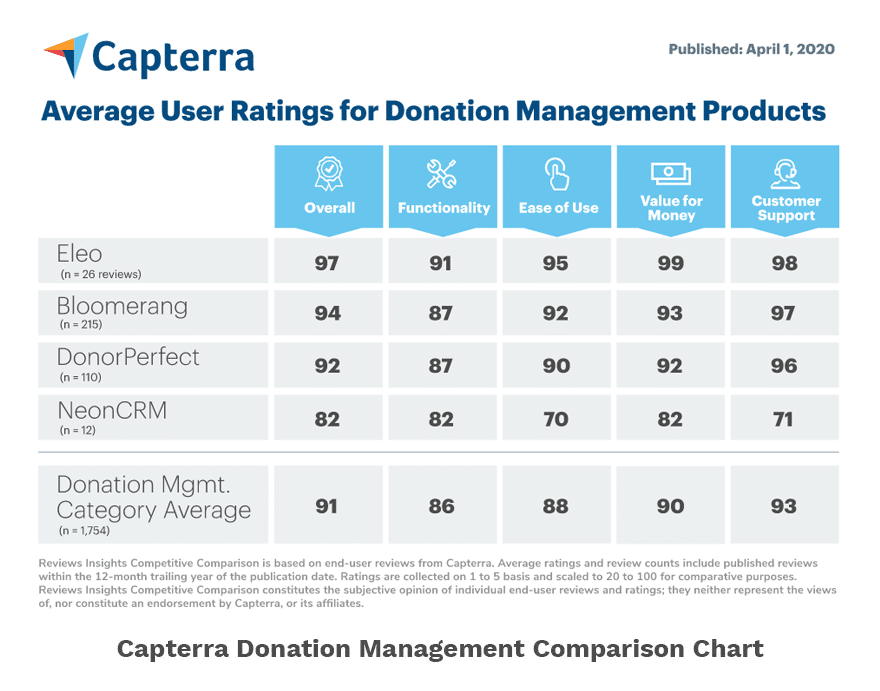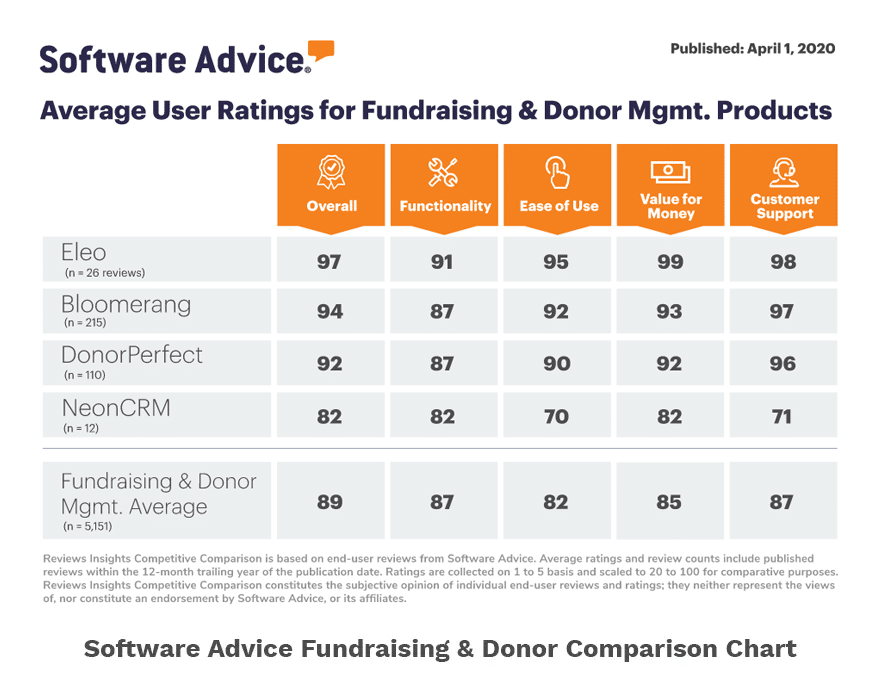
We might be living in the golden age of fundraising. At least, this is what a recent Huffington Post article suggests. The piece revealed that most organizations are well beyond simple door-to-door canvassing efforts or cold calling. With the evolution of modern technology, nonprofits can have a global audience for fundraising, easily provide better information to their donors and gain helpful advice from their peers.
Despite this, how do you know you are successfully raising money at your nonprofit? To improve your efforts, here are a couple of key factors that will ensure your organization is on track to draw in more long-term donors to support your nonprofit’s operations:
“It’s essential to have a specific fundraising plan.”
A solid (specific) plan
Your nonprofit’s fundraising plan serves as its concrete guide to achieving its fundraising goals. It’s essential to have a specific and comprehensive fundraising plan before beginning any fundraising efforts for a variety of reasons. Some of these are budgetary, while others are to make sure you hit specific fundraising timeframes and that everyone on your team is on board with your overall mission.
A solid fundraising plan guarantees your staff, board members and key volunteers are all on the same page in regard to spending and your mission.This is because unless your team is operating as one, it may be difficult to bring any plan into fruition. Therefore, creating your plan may be just as important as implementing it. In order to create the best fundraising strategy for your nonprofit, don’t forget to consider and include each of these essential factors:
- Timelines: Do you need to raise a certain amount by the end of the year? Or maybe earn a set number of donations by the next fiscal quarter to implement a new project? Whatever is the case, make sure to be specific with dates.
- Financial goals: What financial goals do you want to reach within that timeframe? Make sure everyone on your team knows exactly how much your organization needs to raise and even outline the specific programs, projects or operations the money will be used for.
- Assigned tasks and roles: Again, everyone from your board members to your weekly volunteers should know what their job is on a given day. This will remove any ambiguity and encourage more participation at every level.
- List of potential donors: You also don’t want to go into your fundraising campaign blindly. While surprise gifts are always welcome, make sure to create a solid list of potential donors heading into your fundraising plan. You can draft a list by speaking with current donors and asking around your community.
“Understand your nonprofit’s own statistics and community.”
Understand your own statistics and community
Another key to successful fundraising is understanding your nonprofit’s own statistics. How can you fundraise for your organization if you are not paying attention to the information you have already collected from your fundraising efforts? This is why donor management software is so beneficial for nonprofits of all sizes.
Your donor database allows you to record all your current donor information in one place and access previous data information as well. With both new and existing data, you can begin to grasp exactly what you need to do to reach future donors and grow your bottom line.
Instead of just compiling long spreadsheets of basic donor information, you can track personal information about your donors, such as what events they attend or how much or how often they give to your organization. In addition to just recording donor data, you can create lists, donor reports and keep up with your thank-you communications all in one centralized system.
This complete visibility into your nonprofit will allow you to know what past fundraising efforts were most successful. This way you can focus on fundraising strategies that work and identify what did not meet your goals and should be modified or eliminated.
Your organization needs to understand its own donor information in order to further engage your community and foster important donor relationships in the future. Fundraising and donor management software can make this easier and more effective. To learn more about how donation software can help, visit Eleo Online and sign up for your free trial!





